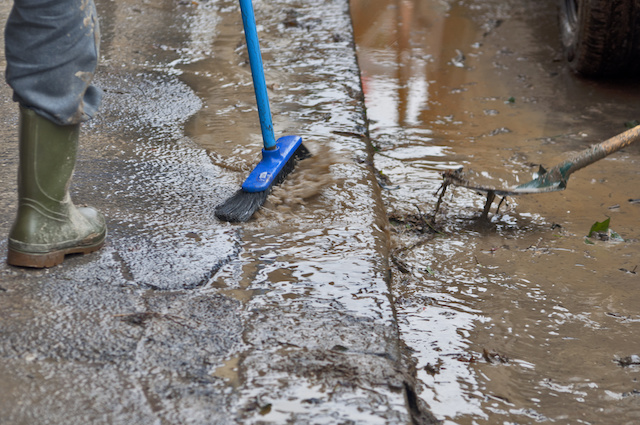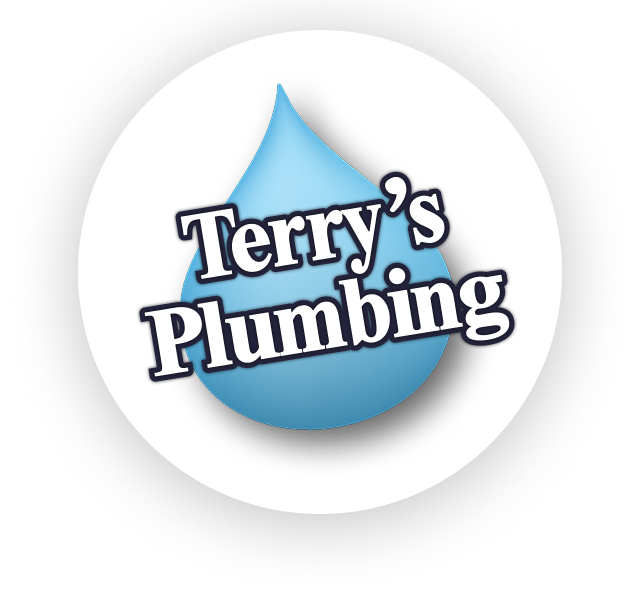Pro TIps
What To Do After A Flood
Indoor floods are often caused by plumbing problems. Broken pipes, a broken water heater, frozen pipes and sewer backups can lead to a flooded home, causing hundreds or thousands of dollars in damage. Knowing which steps to take when a flood occurs can help you get your house back up and running after an indoor plumbing disaster.
Shut Off The Water
The first thing most homeowners need to do after they realize that their home is flooding is to turn off the source of the water. Most plumbing fixtures have a water shut off valve nearby that can be used to stop the flow of water into the home.
- The shut-off valve for the water heater is above the tank, located on a pipe leading into the tank.
- If the shut-off valve is not immediately visible, look in the basement, crawl space or in an access panel on the other side of the wall from the fixture.
- When in doubt, shut off the water to the house via the water main, which may be located in the basement or yard outside the house.
If the water is coming up from the sewer, shut off all appliances that use water. Turn off the washing machine, dishwasher, showers and bathtub faucets. Do not flush any toilets or do anything that would cause water to enter the drain pipes.
Protect Yourself
Not all flood water is safe. While water from a broken pipe is likely safe to touch, waste water from the sewer will be contaminated. To be safe, wear protective gloves, boots, and clothing when wading through contaminated water. Do not come into direct contact with contaminated water. Finally, know when to call an expert in handle the work. Don’t expose yourself to toxins or contaminants!
Dry Everything 
Once the water is shut off, you’ll be faced with the arduous task of drying everything. Consider working with a professional restoration company from this point forward. Mold can start growing very quickly, so vacating the water within about 48 hours is very important.
- Remove upholstered furniture, carpet, blankets and everything fibrous. Lay it out in the sun to dry.
- Assume carpet padding is destroyed, because it very likely is. Fortunately, carpet padding is inexpensive to replace.
- Use a wet/dry vacuum to remove water.
- Rent a few large drying fans from local home improvement centers.
- Open all the windows and doors to allow air flow into the house.
- Run dehumidifiers and air conditioning to help remove the humidity from the house.
If the water is contaminated with sewage, items like carpeting and furniture are likely destroyed. Know when to throw away your things and what to keep.
Prevent A Flood From Happening Again
Many plumbing disasters are preventable. You can stop a flood from happening again by doing the following:
- Inspect your home’s pipes and hot water heater for signs of deterioration and leak.
- Work with a professional plumber to fix your plumbing problems.
- Know the warning signs of a sewer backup and call a plumber immediately when you notice a problem.
- Avoid flushing anything into your drains that shouldn’t be there.
Work With A Professional Plumber
At Terry’s Plumbing, we help homeowners maintain and repair their home’s plumbing. To make an appointment for a plumbing repair or upgrade, contact us today at 412-364-9114.
